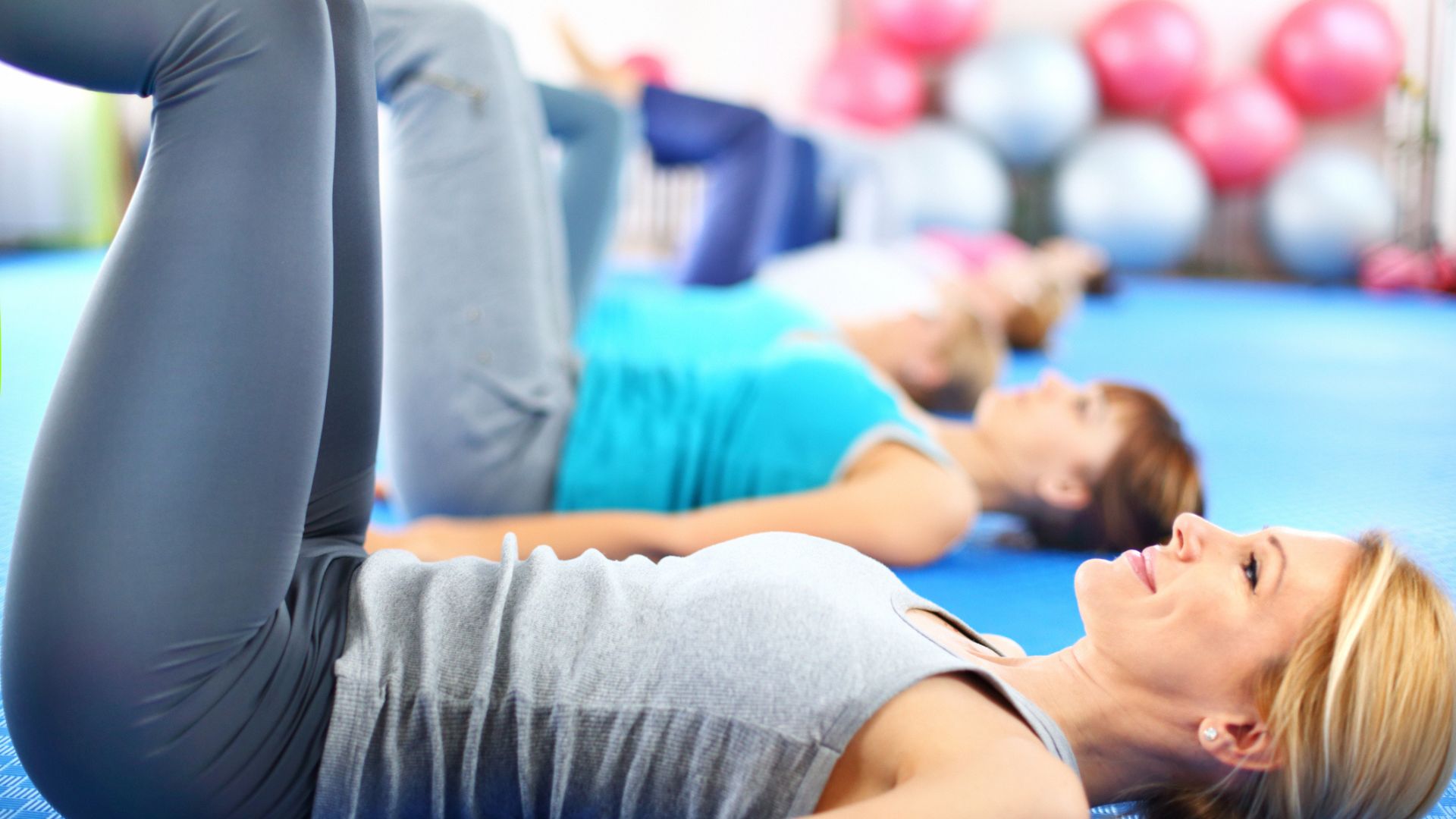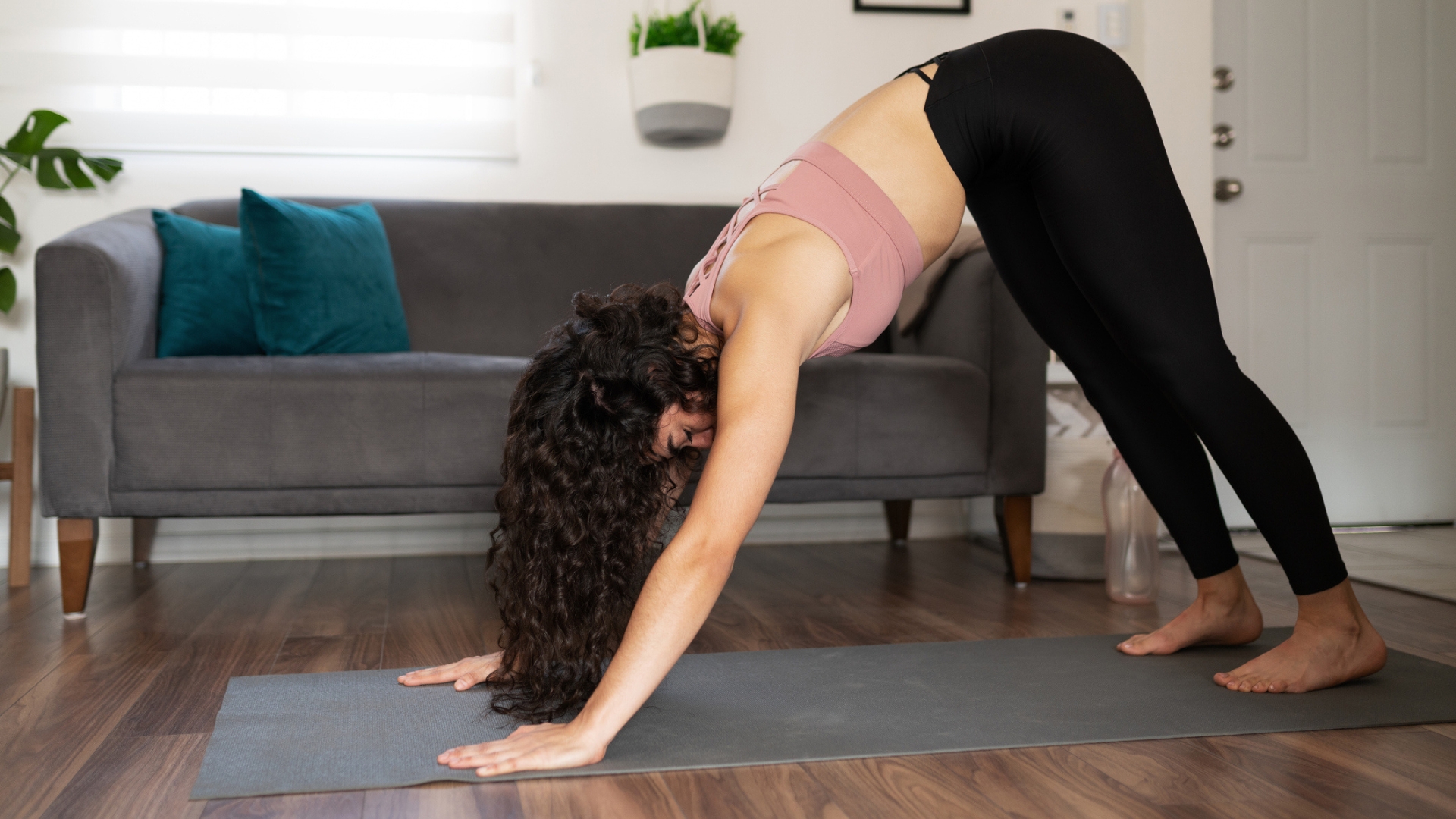Three unmissable benefits of incline walking
Add a little incline to your treadmill session or try walking up a hill if you want to boost your cardio fitness and strengthen lower-body muscles


Lucy Gornall
Incline walking is an underrated way to transform your workouts. It simply means walking on an incline, though it can boost your heart health and help you build muscle. F&W did our research and also interviewed a trainer to find out how it benefits the body.
1. Strengthens your posterior chain
The activities we do in daily life, and our general exercise routines, typically target the body's anterior chain muscles: the ones down the front of the body, such as the chest, core and quads. Meanwhile, the posterior chain muscles, which run from your neck to your feet, and include the glutes, hamstrings, lower and upper-back muscles, as well as the shoulders and calves, are often neglected.
Walking on a flat surface primarily targets the quads (anterior) rather than the hamstrings and glutes (posterior) but incline walking changes that.
“When you increase the incline, you’ll feel the posterior chain muscles working with each step,” says Vanessa Gebhardt, an athlete and trainer at Freeletics. “Strengthening these muscles can prevent injuries, improve posture, and boost athletic performance.”
2. Targets your ankle-stabilizing peroneal muscles
Calves and ankles are often at the bottom of the list when it comes to training, but walking on an incline is a great way to target these areas. Better still, it activates the ankle-stabilizing peroneal muscles (in the lower leg) significantly more than on the flat, according to a study published in the Journal of Foot and Ankle Research. When our calves and ankles are strong it means better balance, a lower chance of injury and a more powerful lower body.
3. Increases your heart rate and boosts calorie burn
Walking uphill uses more energy than walking on a flat surface, increasing the heart rate (bpm) and burning more calories (kcals), says Gebhardt. The harder you exercise, the faster your bpm is, triggering the body to tap into fat reserves for energy instead of using basic sugars and carbohydrates.
“When you begin to exercise your heart rate will increase relative to the intensity of the activity until you reach the maximum level you can sustain,” says Gebhardt. “Although walking on a flat surface will raise your heart rate, when you increase the incline on a treadmill or start walking up a hill, your heart rate will climb, even if you slow down.”
Get the Fit&Well Newsletter
Start your week with achievable workout ideas, health tips and wellbeing advice in your inbox.
Maddy Biddulph is a freelance journalist specializing in fitness, health and wellbeing content. With 26 years in consumer media, she has worked as a writer and editor for some of the bestselling newspapers, magazines and websites in the US and UK.
She is also a qualified L3 personal trainer and weight loss advisor, and helps women over 40 navigate menopause by improving their physical and mental strength. At Maddy Biddulph Personal Training, she runs one-to-one and small group training for menopausal women who want to get fit to ease symptoms and feel like themselves again.
-
 A Pilates instructor says this is the beginner-friendly core exercise everyone should try
A Pilates instructor says this is the beginner-friendly core exercise everyone should tryForget crunches, this is the perfect foundation move
By Alice Porter
-
 Prevent poor posture and release tension from sitting down with these four simple stretches from a yoga instructor
Prevent poor posture and release tension from sitting down with these four simple stretches from a yoga instructorThe daily poses he swears by, no matter what
By Alice Porter